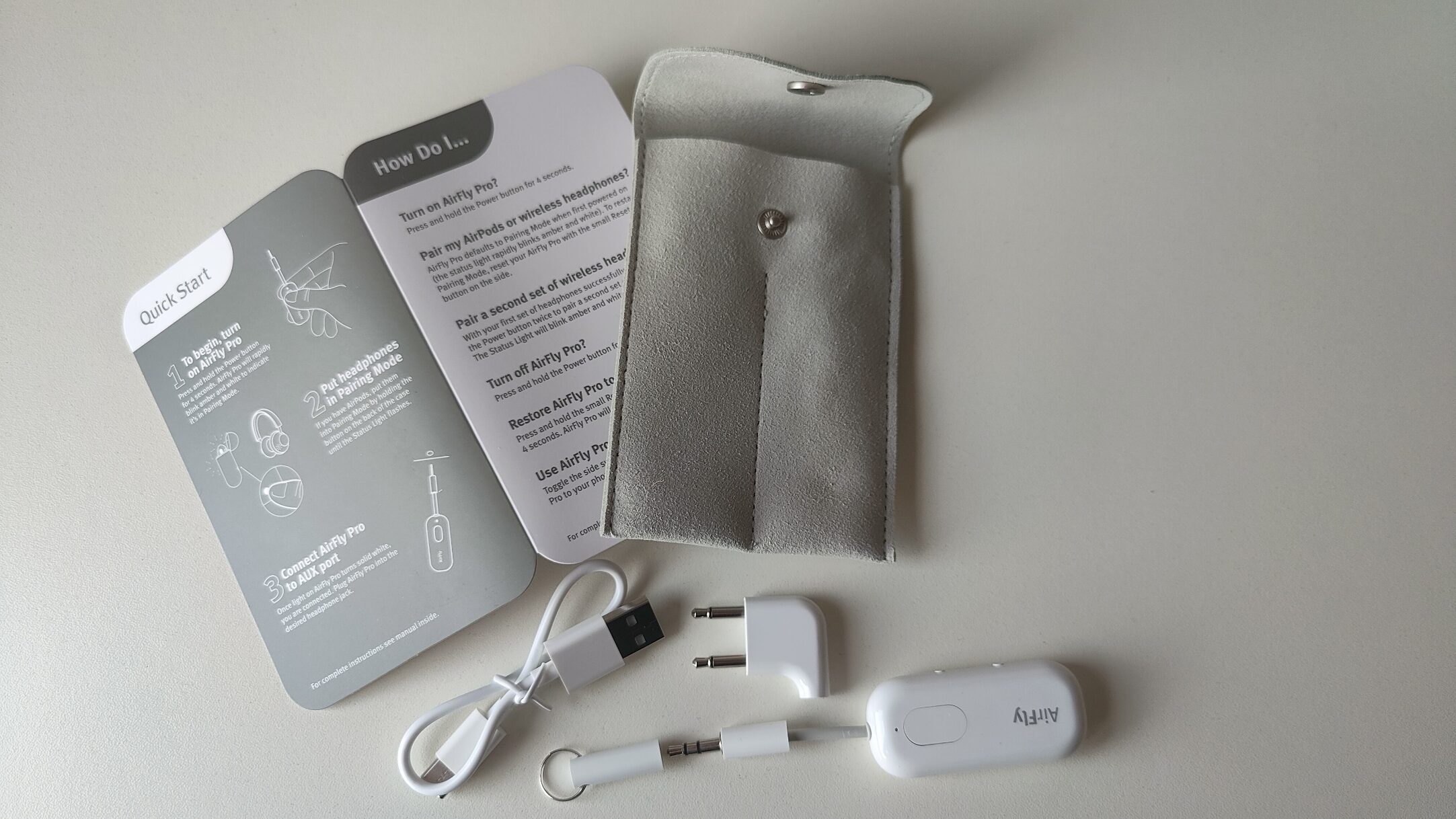Delivery data released by CouriersPlease, one of Australia’s leading parcel delivery services, reveals that demand for next-day parcel deliveries is booming, underscoring the dynamic shifts in consumer behaviours, as ‘snail mail’ continues to come under pressure.
CouriersPlease parcel delivery volumes are up 25 per cent on the previous year for the September 2023 quarter. Its delivery data also reveals a 47 per cent growth in same-day metro deliveries. The significant increase showcases growing shopper preferences for faster deliveries to their doors.
Commenting on the results, CEO Richard Thame said: “CouriersPlease has achieved significant growth already this year, largely through the onboarding of a number of large Australian retail customers who share our understanding that customers are doing it tough and need the best-value product and parcel delivery options.”
CouriersPlease’s extensive network of 3000 secure and convenient pick-up and drop-off locations empowers consumers to effortlessly retrieve and send parcels on their own schedule. Many of these locations are open beyond traditional retail hours, ensuring flexibility and convenience for customers.
Richard says: “Same-day and next-day metro deliveries are our core business. Our focus on increasing our agility and adaptability to market needs has enabled us to grow these priority services, giving our customers a better delivery experience.”
CouriersPlease’s delivery data also shows that in the September 2023 quarter, same-day and next-day metro deliveries were 47 per cent higher than all other deliveries. In comparison, in the September 2022 quarter same-day and next-day metro deliveries were just 38 per cent higher than all other deliveries.
Richard says: “At CouriersPlease, we are increasing the digitalisation of our services to disrupt traditional delivery models, which will help maintain our position as a top parcel delivery service in Australia and will significantly improve the delivery experience. During the parcel’s transit, parcel recipients can opt to have the package redelivered to a neighbour’s address, reschedule to another delivery date or redirect to a convenient parcel collection point. CouriersPlease prides itself on providing choice and best value for our customers.”
With a 40-year heritage, CouriersPlease has grown to a national network of more than 1200 franchise and delivery partners, 400-plus freight handlers and 18 freight depots across nearly 850 active territories.
Top 7 suburbs for same-day and next-day deliveries: Sydney and Melbourne dominate rankings
CouriersPlease’s delivery data has also revealed the suburbs where residents are shopping the most and wanting their parcels faster than other areas across the nation.
Sydney dominates the ranking of top 7 suburbs for same-day deliveries in 2023
Five Sydney suburbs make up the top five in the ranking. Melbourne suburbs made up the last two of the top seven.
- Moorebank, in south-west Sydney
- Kemps Creek, in Sydney’s west
- Richlands, an outer south-western suburb of Brisbane
- Marsden Park, in Sydney’s outer north west
- Eastern Creek, in Sydney’s west
- Dandenong South, in Melbourne’s south
- Tullamarine, in Melbourne’s north.
Melbourne dominates the ranking of top 7 suburbs for next-day deliveries in 2023
Four Melbourne suburbs make up the list, which was topped by Melbourne’s Braeside. Sydney was hot on the heels, with three suburbs represented in the ranking.
- Braeside, in Melbourne’s south
- Alexandria, in Sydney’s inner west
- Dandenong South, in Melbourne’s south
- Craigieburn, in Melbourne’s north
- Prestons, in Sydney’s outer west
- Moorebank, in south-west Sydney
- Altona, in Melbourne’s south west.
